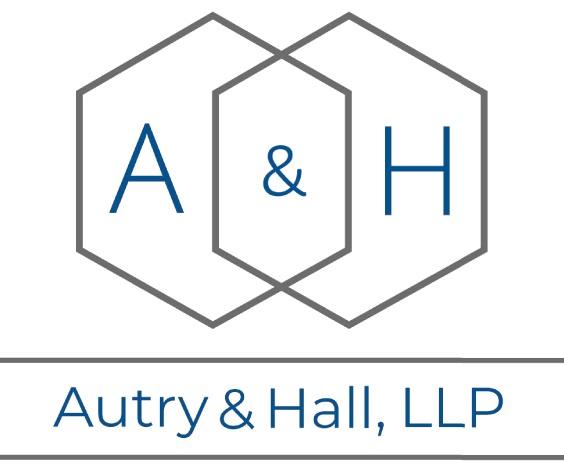The CARES Act included economic stimulus packages of $349 billion for Paycheck Protection Program (PPP) Loans and modified the existing Economic Injury Disaster Loan (EID) program for companies impacted by COVID-19. Further, in addition to small businesses that continued to be eligible for standard Small Business Administration’s (SBA) loan programs, the CARES Act expanded the scope of entities eligible for the PPP Loans and EID loans.
The PPP loan allows for small businesses and “any business concern” to apply for loans up to $10 million.[1] The CARES Act, among other things, provides interest rates for a PPP loan to be no more than four percent (4%), waives the personal guarantee and collateral requirements, and waives prepayment penalties for a PPP loan.[2] Further, the PPP loan may be subject to certain loan forgiveness provisions.[3]
Eligible entities for the PPP loan had to be either a “small business concern” or “any business concern.” As a small business concern is generally limited to farming or agriculture related industries, many cooperatives turned to the meaning of “any business concern.” Unfortunately, neither the Small Business Act nor the CARES Act defined “any business concern.” Rather, under the SBA’s 7(a) loan programs, “any business concern” was defined to be a business entity, including a cooperative, organized for profit. This definition has historically excluded many electric cooperatives from 7(a) loans. Given the broad scope of the CARES Act, it was not entirely clear whether the SBA would continue to apply the definition to exclude electric cooperatives from eligibility for PPP loans.
On May 19, 2020, the SBA released an Interim Final Rule stating that electric cooperatives that are exempt from federal income taxation under 26 U.S.C. § 501(c)(12) will be considered “a business entity organized for profit.” Therefore, so long as electric cooperatives meet the other eligibility requirements under the CARES Act and SBA regulations, they are eligible for PPP loans.
[1] 15 U.S.C. §§ 636(a)(36)(D)(i) and (E)(ii).
[2] 15 U.S.C. §§ 636(a)(36)(L), (J), and (R).
[3] 15 U.S.C. §636(a)(36)(K).
